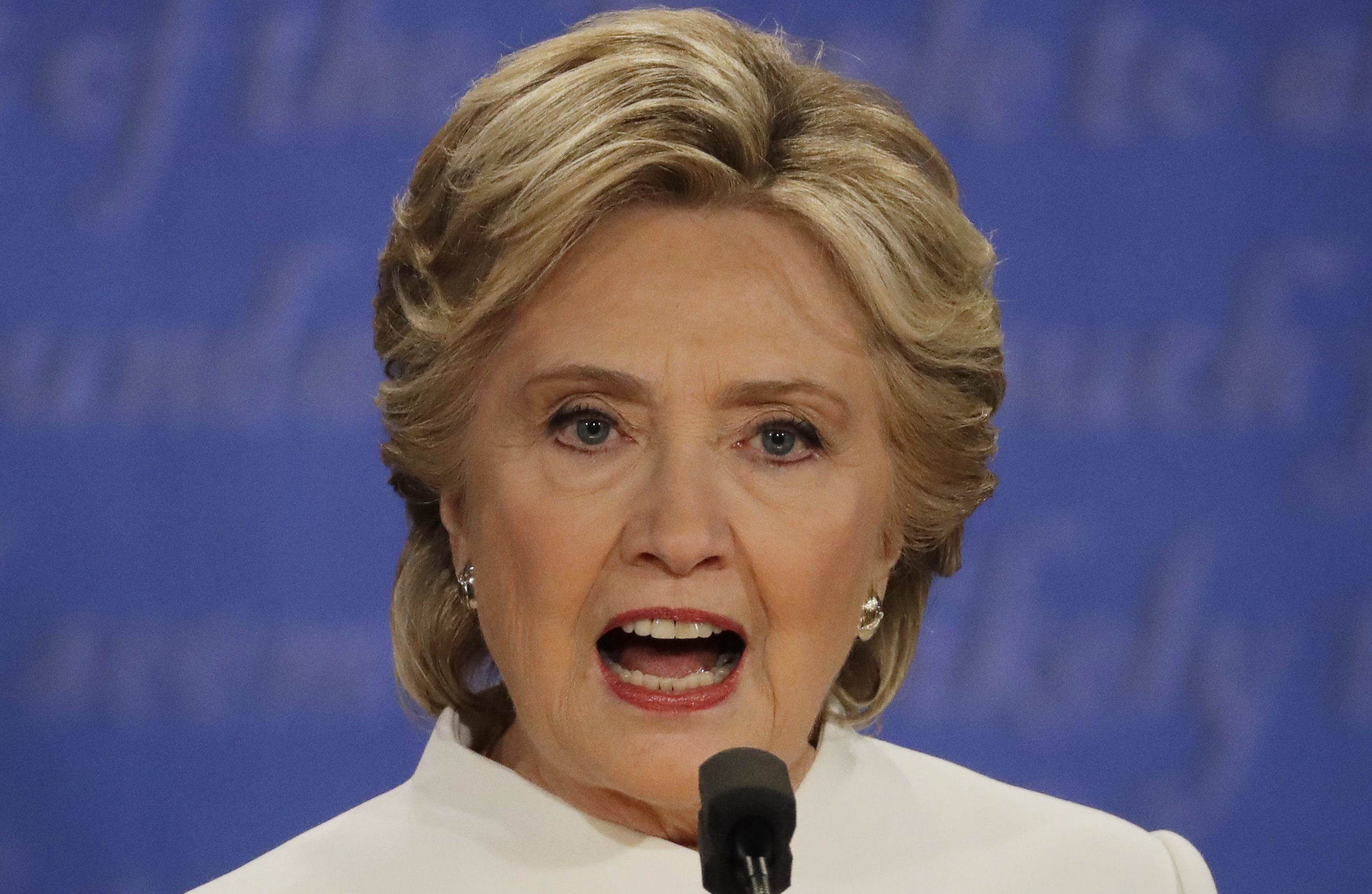Remember Geraldine Ferraro, the first woman to run in a presidential race?
She was chosen as Walter Mondale’s running mate against Ronald Reagan in 1984.
Tomorrow Hillary Clinton will realise the hope that began with Ferraro, that America could have a female leader.
Back in 1984, the UK was in its fifth year of Margaret Thatcher’s government – 30 years later we have our second female PM, and most developed nations have had at least one woman in the top job.
It’s been hard to spot given the insults and extraordinary bitterness, but this campaign has been about women in a fascinating way.
Not just in Hillary’s unique status as a presidential candidate nor that she is likely to succeed to the White House, but in what the last year has told us about equality.
American presidential campaigns have always had a good dollop of sex but in the past it has always been interpreted as what it says about the American male.
The character of men tells the story of American history – the courage of Custer or Patton, the wisdom of Jefferson or FDR.
When John F Kennedy was exposed as a serial cheater, it enhanced his reputation as a kind of ideal form of masculinity – the good looks, easy wealth and charm, the Ivy League style.
Holders of the office after Kennedy were faithful family men – the American man as church-going provider, the patriarch who provides plenty.
That was blown apart by Bill Clinton – renowned as a cheater before he got into the White House, he couldn’t control his urges once in the oval office, literally.
This wasn’t JFK cool – Bill Clinton went from being a bit seedy (older man seduces naive intern) to ridiculous (president debating the semantics of ‘sexual relations’).
Nobody thinks groping the intern has anything to do with modern masculinity – perhaps it was Bill Clinton’s behaviour in office which accelerated this ‘feminist’ idea into the mainstream?
This is the first campaign where this cultural shift has featured.
It used to be that sexual infidelity was a moral failing – when Gary Hart was accused of having sex with Donna Rice in the 1988 campaign for the democratic nominee he was forced to resign because of what it said about his ethics.
Ten years later Clinton was nearly impeached for his affair with Monica Lewinksy, and the focus was on his honesty.
Twenty years after that, in 2016, it’s not the moral character of Trump that is challenged by tales of him groping women, though that’s part of it, but the unacceptability of any man, married or not, behaving like a pervert.
2016 may go down as the campaign when it stopped being acceptable to treat women as commodities in a male world.
To her credit, Hillary Clinton has been fighting this battle all her life.
A smart college graduate who went into legal work, her life story is the story of how gender politics went from the protests of the 1960s to, by small increments, the point when equality was no longer a women’s issue, but a social norm.
She stands on the verge of the most astonishing vindication of women’s rights, yet is also hated for it.
The curiosity of this campaign is that Hillary’s fellow baby boomer women dislike her – somehow she isn’t the woman that women want.
Perhaps because of this, she isn’t seen as a change candidate or a ground-breaker – where Barack Obama made the idea of the first black president seem exciting, she has gained no benefit from being the first woman.
In fact what may propel her to the White House is the slow death of the white American man.
Across the country, traditional Republican states are shifting, in line with demographic changes.
There are plenty of angry men in the USA – Trump represents a significant bloc – but it’s unlikely this group will ever be enough to win the White House, because of how immigrants affect voting patterns in key states.
As such, this is a hugely important election. It has been policy-light and has torn through liberal niceties of how democracy should be conducted, but may represent a tipping point when the land of the free took a step closer to real equality.


